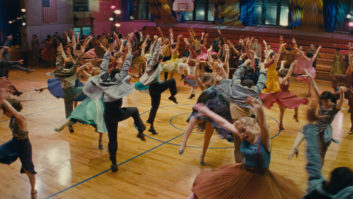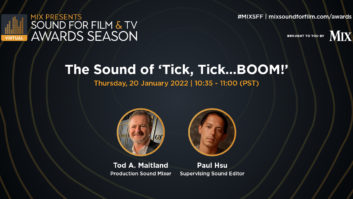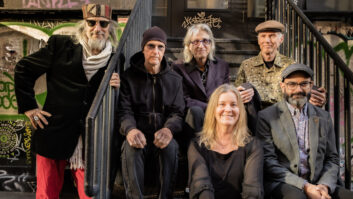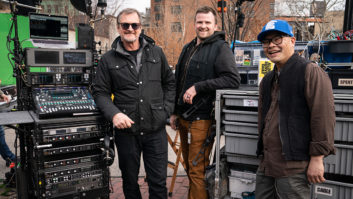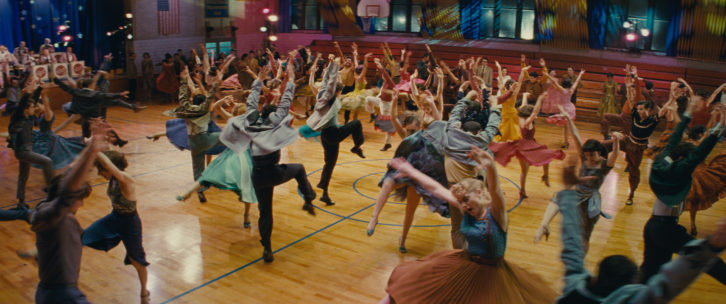
Photo: 20th Century Studios/20th Century Studios – © 2021 20th Century Studios. All Rights Reserved.
2021 was a fruitful year for Tod Maitland, as the longtime sound mixer’s work could be found on numerous high-profile projects, from the Fran Lebowitz/Martin Scorsese Netflix series Pretend It’s A City to music-centric films like Respect and tick, tick…BOOM. Arguably the biggest of them all, however, was Steven Spielberg’s epic reinvention of West Side Story.
Across a 40-plus-year history in film sound, Maitland has worked on films known around the world—JFK, Independence Day, Born on the Fourth of July, Joker, The Greatest Showman, National Treasure, Seabisucit, Donnie Brasco, The Irishman and dozens more.
The four-time Oscar nominee and three-time CAS nominee spoke just before a press screening of West Side Story in New York, extemporaneously recounting what it was like to work on the film while also tipping off the audience on what to listen for during the picture. [The following has been lightly edited for clarity and brevity].
• • •
On Remaking a Classic:
“Obviously, almost everybody’s seen the original film, so this movie takes that movie and puts it on steroids. It is huge, it is beautiful, it is basically a masterclass in filmmaking on every single department. I’ve worked on 100 movies, and I’ve never worked on anything quite at this level.”
On Working for Steven Spielberg:
“When you work with Steven—I’d never worked with him before—everything is about accuracy and being 110% at every single moment. When you arrive in the morning, Steven is there 15 minutes ahead of time with a lens in his hand, marking off marks on the street where he’s going to be shooting.
After you get a shot, he’s back in there; as soon as the shot’s over, he grabs a lens and is saying, ‘Okay, give me a 35 over here, you come in over here, give me 85 here. You come over here and say that one line to her here. Okay, 20 minutes everybody; let’s go.’ And you just GO. That was 78 days of what this movie was like—everybody elevated their craft.”
On Planning On-Set Recording:
“I got Tony Kushner’s script for this film, and it was a 180-page script. As soon as I got that, I realized, to use a famous Spielberg-ian quote, ‘We’re gonna need a bigger boat.’ We took six months to develop a system so that we could ultimately record a Broadway show on the streets of New York in the middle of one of the hottest summers that we’ve had in a long time. We went through so much criteria to pick equipment out. We went through every major [wireless audio] manufacturer; Peter from Gotham Sound and I spent weeks testing them one at a time and went through each one. Shure was the winner, and by far the overall winner.”
On The Mix of West Side Story:
“What’s really interesting about the mix on this film is the subtlety of it. When we were filming, we had 24 lavalieres and I would wire every actor almost 100% of the time. We also had microphones placed all over for different ambiences. When you work on a period film, you want to capture as many of those real period sounds as you possibly can, and one of the only environments you can do that is when you’re on a film set when they’ve quieted down everything around you. You have a car going by over here, you have kids playing with a period toy over there, you have people speaking different dialects elsewhere. We had four microphones on stands that we would leave at the sound cart, and we would deploy them out to wherever there was a sound. We’d always try to capture as many little sounds that were going on in every single scene. When you listen to West Side Story, listen for all the nuances in it—it’s a jam-packed, very subtle, extremely detailed mix.”
Finding the Right Lav for the Actor
“I always match lavaliers to actors. Every actor sounds different on a lavalier, so when I start a movie, I get a few different lavs—two Shure TwinPlex, a Sanken, two DPAs, a couple of different microphones—and I tape them on a little bar and put it right against the actor where the lavaliers would be. I also place my boom mic above, and then record the actor on all those mics on separate channels. I have them sing and talk, and then I go back later and A/B it and compare—which one sounds best compared to the boom? The boom is the best sound, of course, because it’s a bigger-diaphragm microphone placed near where our ears are, because our ears are not on our chest. I try to match the lavs to the boom, and then the boom is the best microphone matched to the studio microphone.”
Capturing Dance Foley Tracks
“Part of my goal is to always give post-production as many elements as I possibly can, but when you’re recording a [scene that uses musical playback], obviously the speakers obliterate any sound that happens on the set. For instance, the ‘big dance at the gym’ scene—you have all this dancing, and they’re hooting and there’s other sound effects going on. We did that entire scene to speakers, so if you listen back, you have only a track that has the music on it; there’s nothing else.
“So I gave maybe 50 sets of wireless headsets and earpieces to all the primary dancers, and had them redo the entire dance number again with music over the headsets and no speakers. We got all of their sound effects—all their dancing, all of their vocal effects, anything that they did that was impromptu—and captured that with multiple boom microphones.
Film Sound Groups Criticize “Insensitive” Oscars Demotion
“Once you do that, you have an in-synch Foley track, and you can add that ambience—the footsteps, the dancing, the focal pieces—to whatever level that you want. When the camera’s closer on the actors, you want to hear less of that, and when the camera’s wider, you want to hear more of it.”
The Choreography of a Production Mix
“One of the things I always do is use ambient mics in the room to capture the ambience—basically the voice bouncing off the walls. You can add that into the wireless track and make it sound more like a boom track. You can also transition. A lot of times, there are multiple cameras, so sometimes you’ll only see a close-up here, but there’s a wide shot and a close-up coming up. You end up wiring the actor [but still try] to boom as much as you possibly can, going in and out of a wireless to a boom in the same scene.
“For instance, when Rita Moreno was singing in Doc’s store, she actually started off on a wireless way at the back of the store, plus I had an ambient microphone up and then I had a boom mic waiting for when she got to the camera that then followed her. When she was in the back of the store and walked forward, I had the wireless and a lot of the ambient mic open so it sounded like it was a bigger, broader room. When I was mixing it, as she got closer, I slowly brought the ambient mic down and slowly brought her wireless mic up so that she sounded closer and closer, until I knew there was a moment where it could transition to the boom mic. At that point, I dropped the lavalier and the ambient mic at the same time, made a transition directly to the boom mic, and then carried the rest of the scene on the boom.”
The Most Difficult Scene to Capture in West Side Story
It may have been the first fight scene, when you first see Officer Krupke and Lieutenant Schrank come in [to stop a gang fight in a vacant lot]. There were earpieces and wireless on everybody, they were fighting out there, and the heat was brutal—it was 98 degrees that day. We actually shut down the day after that, because the heat was too much…but every one of the wirelesses held up perfectly. There’s so many difficult scenes that I’m exhausted watching the movie. I relive 78 days in two-and-a-half hours!
